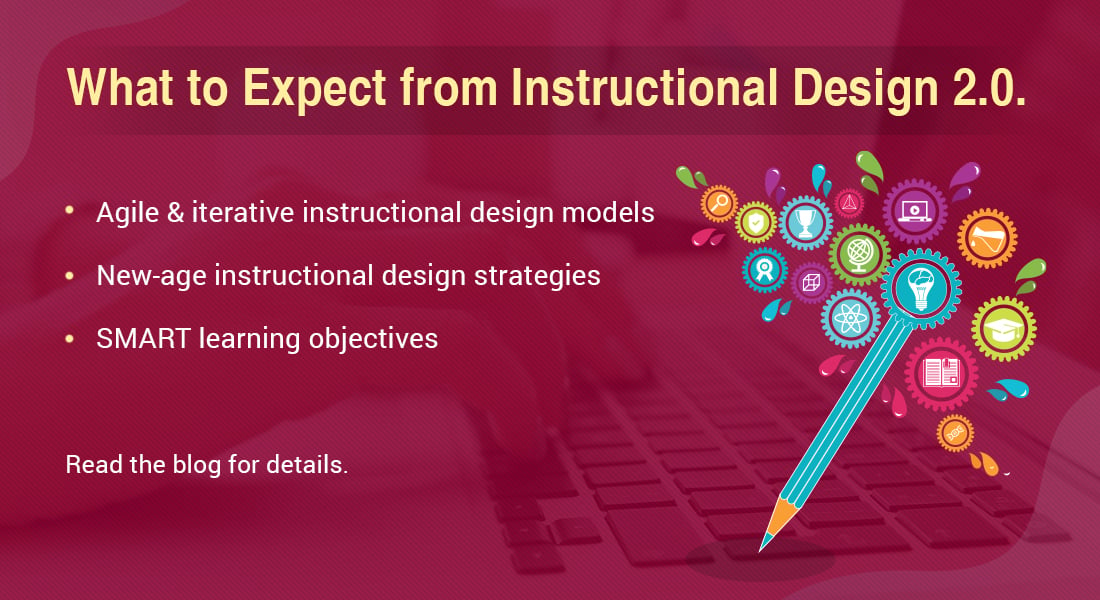SAM- An Agile Process and its Utility in Instructional Designing

ADDIE is an effective instructional design model that provides us with the basis for content development. ADDIE stands for Analysis, Design, Development, Implementation and Evaluation.
→ Download Now: Instructional Design Strategies to Design Engaging eLearning Courses
I am sure that many people are aware about the usefulness of the ADDIE model in instructional design. Though it offers many advantages, it has some disadvantages like:
- It is ineffectual, as it is not iterative.
- As this model has 5 phases, a small change in one phase requires a change in all other phases and leads to re-work.
- This model assumes that the client/ learner requirement are completely known before developing the course.
- It is a time-consuming model.
So, this is the right time to overcome all the above mentioned drawbacks and supplement this model by incorporating features of modern methods like rapid prototyping and savvy start.
What is SAM?
ADDIE model + Rapid prototyping = SAM (Successive Approximation Method)
Rapid prototyping is also known as SAM (Successive Approximation Method). SAM is a combination of both rapid prototyping and ADDIE model. Therefore, leaving ADDIE and following SAM model introduces two new concepts i.e., rapid prototyping and savvy start.
Rapid prototyping is an idea of involving subject matter experts and the client in every phase of the course development. This attempts to reduce the cost and time, by ‘catching’ the problem in the early stages of the development. The stakeholder gives his feedback on a continual basis. A rapid prototype helps you design an inspiring and meaningful eLearning course that meets the customer’s expectations.
A savvy start is an essential instructional design strategy that refers to a kickoff meeting wherein all the team members of the eLearning project will meet the customer and gather comprehensive background information and decide on the project design.

Instructional Design Strategies to Design Engaging eLearning Courses
Design Learner-Centric eLearning
- Importance of ID Strategies in eLearning
- Parameters to Select the Right ID Strategy
- ID Strategies for Effective Results
- Case Studies
The Three Phases of SAM
SAM is an iterative model which consists of 3 phases:
1. Preparation phase
This is the initial phase in the SAM model in which a kickoff meeting with all team members of the project is held to gather basic information about the learning outcomes.
2. Iterative design phase
This is the second phase of SAM model which includes designing, prototyping and evaluating loops.
3. Iterative development phase
This is the final phase of SAM model which includes evaluation, development and implementation loops.
Advantages of SAM
There are many advantages of the SAM model. It
- Helps in investigating alternatives
- Facilitates delivery of projects on time with assured quality and within the budgets
- Makes utilization of available resources
- Uses labor-saving tools
- Maintains constant communication with the stakeholders
- Avoids rework
Thank you for reading my blog. Please do share your opinions on the same!





